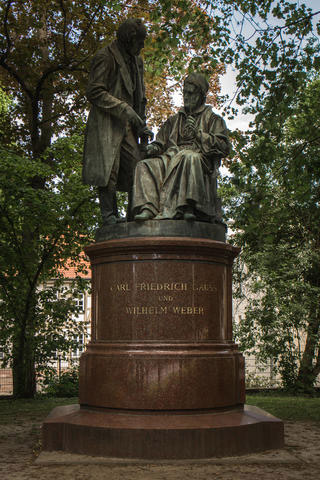In the exploration of magnetic flux, weber is more than just a name. Photo by Jason Leung on Unsplash
Wilhelm Weber gets the distinction of having the unit of magnetic flux, the weber (Wb), named in his honor. Magnetic flux measures the total magnetic field that passes through a surface.
|
ADVERTISEMENT |
(Wondering how to pronounce weber? Hear all about it from one of our researchers.)
The amount of magnetic flux depends on two things: the strength of the magnetic field and the size of the surface area those fields pass through.
Measurement units are how we quantify stuff. If I say, “Hey, wow, it’s soooo hot today. It feels like 40 degrees Celsius,” the measurement unit is Celsius, and the quantity is 40.

A monument to Gauss and Weber stands in Göttingen, Germany. Credit: MareikeG/Shutterstock
…

Add new comment